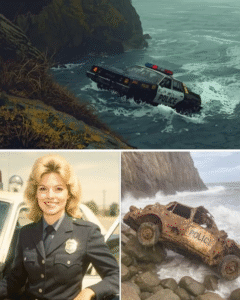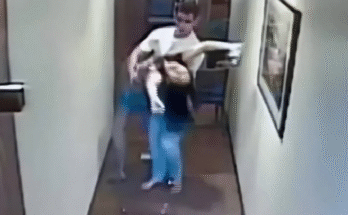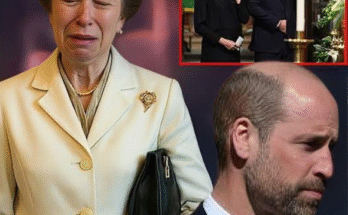The Vanishing of Officer Laura Monroe
The wind howled through the cliffs of Pacifica on the night of November 12, 1977. Officer Laura Monroe, a dedicated cop with six years on the force, radioed in her final dispatch at 11:47 PM. “All clear on Devil’s Slide,” she said. Her voice was calm, professional. Then silence.
Her husband, Jack Monroe, a former firefighter turned mechanic, waited up that night. Laura was never late. By 2 AM, he called the station. By 3 AM, the search began. But Laura was gone—no patrol car, no radio signal, no trace.
The department launched a formal investigation. They found nothing. No witnesses. No signs of struggle. No leads. Within weeks, the case was quietly closed. “Presumed dead,” they told Jack. “Likely an accident.” But Jack never believed it.
He knew Laura. She was cautious, methodical. She didn’t take risks. And she had confided in him weeks before her disappearance: something was wrong in the department. She’d found discrepancies in evidence logs, missing case files, and a strange pattern of officers resigning under vague circumstances.
Jack begged the department to reopen the case. They refused. He wrote letters, filed complaints, even hired private investigators. But the trail was cold. For thirteen years, he lived in limbo—haunted by the unknown, tormented by the possibility that Laura had been silenced.
Then, in the summer of 1990, a construction crew working near Devil’s Slide unearthed something shocking: a rusted patrol car buried beneath a collapsed section of cliff. The license plate matched Laura’s unit.
Jack rushed to the scene. The car was mangled, its frame twisted by time and erosion. But inside, investigators found blood traces, a single bullet casing, and a pendant—Laura’s pendant. It was engraved with their initials and the words “Always come home.”
The discovery reignited the investigation. But Jack didn’t trust the department. He began his own inquiry, digging through old records, interviewing retired officers, and connecting dots that others had ignored.
What he uncovered was chilling.
Laura had been investigating a string of internal corruption cases. Officers were planting evidence, coercing confessions, and covering up misconduct. She had compiled a dossier—names, dates, proof. And she had shared it with one person: her partner, Sergeant Ray Delgado.
Delgado had resigned two days after Laura vanished. He moved to Arizona, changed his name, and started a private security firm. Jack tracked him down in Tucson.
The confrontation was tense. Jack demanded answers. Delgado, aged and weary, finally broke. “She was getting too close,” he said. “They told me to warn her off. I didn’t. I thought she’d be safe. I was wrong.”
Delgado revealed that Laura had planned to go public. She had copies of the dossier hidden in her locker and at home. But both were wiped clean after her disappearance. Delgado suspected that higher-ups orchestrated her death to protect the department’s reputation.
Jack returned to Pacifica with renewed purpose. He leaked the story to a local journalist, who published a bombshell exposé: “The Monroe Files—A Cop Silenced.” The article detailed Laura’s investigation, the cover-up, and the department’s failure to act.
Public outrage followed. The mayor ordered an independent inquiry. Within months, three retired officers were indicted for obstruction of justice. One confessed to helping dispose of Laura’s car. Another admitted to falsifying reports. The third—Deputy Chief Warren Briggs—was accused of ordering the hit.
Briggs denied everything. But the evidence mounted. Phone records, witness testimony, and Laura’s recovered pendant painted a damning picture. Briggs was convicted of conspiracy and sentenced to 25 years.
Jack stood outside the courthouse the day of the verdict. He held Laura’s pendant in his hand, tears streaming down his face. “She didn’t die in vain,” he said. “She stood for truth. And now, the truth stands for her.”
In the years that followed, Laura Monroe became a symbol of integrity. A memorial was erected near Devil’s Slide. Her story was taught in police academies as a lesson in courage and accountability.
Jack never remarried. He spent his days restoring old cars and speaking at justice reform events. He kept Laura’s badge on his desk and her pendant around his neck.
And every November 12th, he returned to the cliffs of Pacifica, where the wind still howled and the sea still roared—where a brave woman once stood against corruption, and where love refused to be buried.



